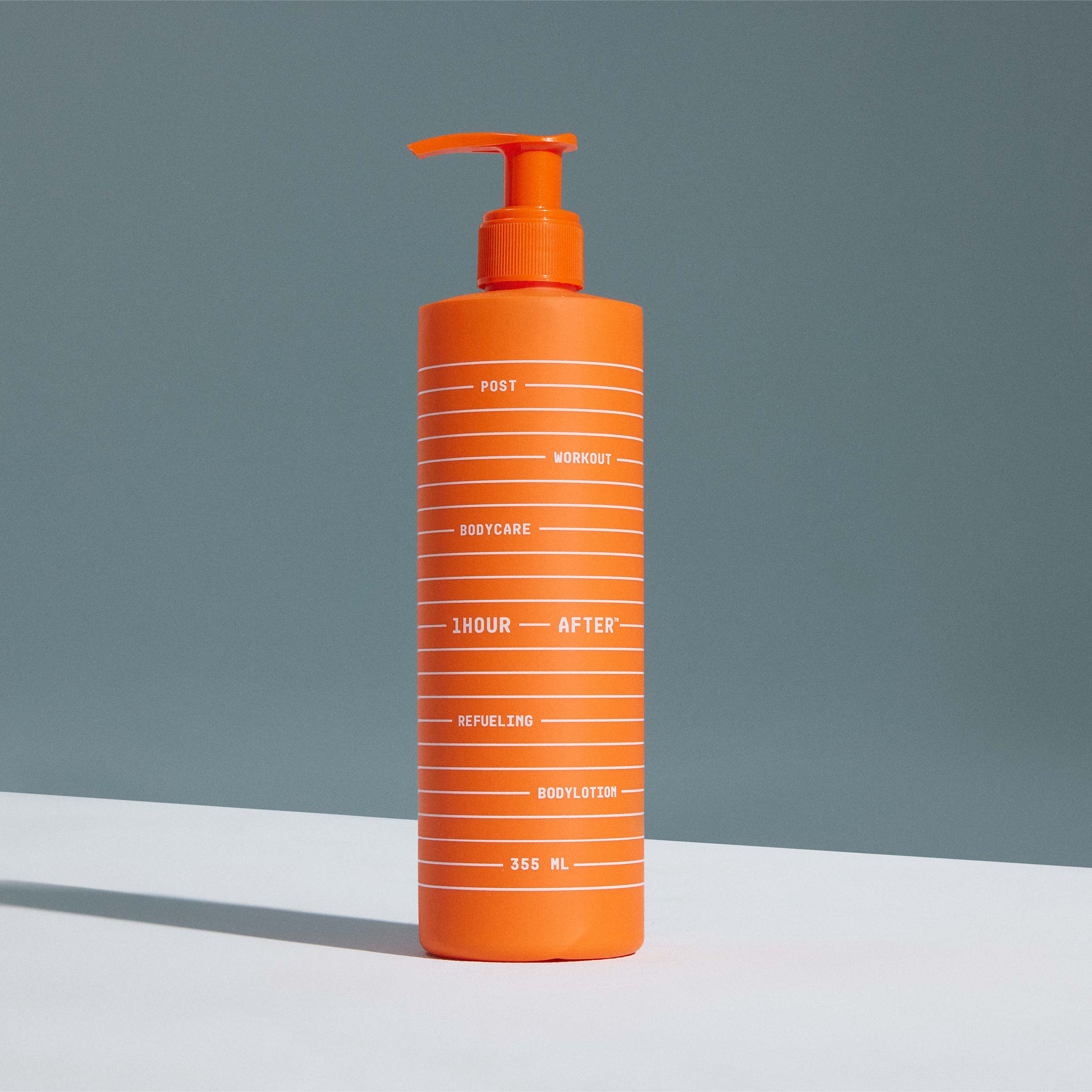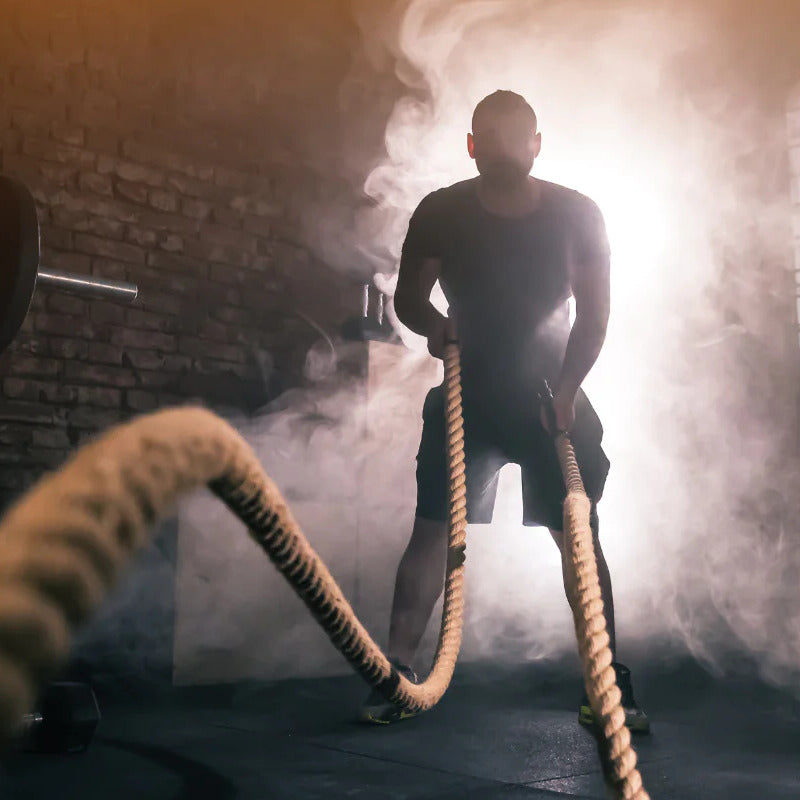
How to Recover from Workouts Properly: Relieve Sore Muscles Faster
Table of Contents
"The pain you feel today will be the strength you feel tomorrow..." (if you recover properly!)
So you put in an intense workout. Good for you! Getting active is super important.
And, we bet you even added a small warm up beforehand, just to get the blood flowing and body ready for action. You probably even stretched after the workout, too.
Maybe you even used a magnesium-rich product on your skin during your shower routine?
I can only assume that you probably drank a protein, electrolyte and antioxidant-rich smoothie. You also went to sleep at a decent time for some rest.
Wait - you didn’t practice exercise recovery? Pause - you don’t even know what exercise recovery truly means?
Well then, you’re probably cramping up and feeling especially sore after workouts.
Add in a type 1 muscle injury and you’re golden!
Just kidding, you need our help.
Exercise recovery is essential for a well-rounded fitness routine.
Without it, you actually end up doing more damage to your body than good.
Contrary to bro-science, you probably shouldn’t be feeling pain the day after a workout, but if you do, you’re experiencing something called delayed onset muscle soreness or ‘DOMS’ for short. DOMS is considered a type 1 muscle strain and is a lot more common than people think.
Over time, as your workout frequency or intensity builds, your body will begin to adjust and learn how to use your energy resources better. While the efficiency improves during the workout, you’ll still suffer from soreness and pain if you don’t take care of yourself properly post workout.
So what can you do to prevent delayed onset muscle soreness and recover faster from workouts?
Well, there’s a few things you can do to avoid DOMS and they all fall under the term ‘Exercise Recovery’. Exercise recovery holds the key to avoiding pain, soreness and injuries after a workout allowing you to achieve your fitness goals quicker and more efficiently.
- Do a full-body stretch after your workout.
We get it, stretching is lame and takes a long time. WRONG! Stretching has a ton of recovery benefits and if you know what to do, it doesn’t take up much time at all. Unsure of where to start? Here's a video to help you out.
- Nourish your body from the inside.
For the inside you’ll need: electrolytes, antioxidants and vitamins.
Carbohydrates and protein (roughly in a 4:1 ratio), are the building blocks to help your body and muscle regenerate energy. Use fruits and oats as your carbohydrate, and proteins like hemp seeds or a hemp and pea protein powder.
Electrolytes can be found in greens such as kale, swiss chard, spinach and more. Alternatively, you can have an electrolyte-infused drink (like gatorade, powerade, etc).
B-Vitamins, Vitamin C, E, A, minerals, and support from adaptogens like rhodiola are great antioxidants that can help buffer the effect of inflammatory fluids that come from exercise.
This will help reduce stiffness, soreness (DOMS), and quicken your body’s recovery time.
What’s the easiest way to get all of this inside of you within the first hour after a workout? A smoothie!
You can add all types of fruits, vegetables and protein powders that you like - assuming you did a bit of research beforehand. Here’s some great recipes.
- Nourish your body from the outside.
You may already know that the skin is the largest organ of the body and it has some amazing capabilities. Ingredients, like Magnesium, B-Vitamins and Zinc, can be absorbed transdermally, to help nourish the skin. This is where 1 Hour After products come into their own.
We’ve done the hard work and research for you, and created a post-workout routine in a bottle. Our products are infused with magnesium, vitamin B3, vitamin B5, vitamin E, EGCG and zinc, to nourish your skin, reduce irritation, inflammation, replenish hydration and the moisture barrier.Our line includes a shampoo, conditioner, body wash, body lotion and post-exercise recovery gel. Every product in our line is formulated to support skin health and protect from stressors, including regular exercise.
Delayed onset muscle soreness doesn’t have to limit your training regime. Rest days and taking the necessary steps pre & post workout, to take care of your body, can enhance your training schedule and leave you feeling functional and well for the rest of your day.
For a deeper dive into DOMS, what causes it, how to prevent it and other things you should know around exercise recovery check out our scientific journal here.
- Choosing a selection results in a full page refresh.
- Press the space key then arrow keys to make a selection.




